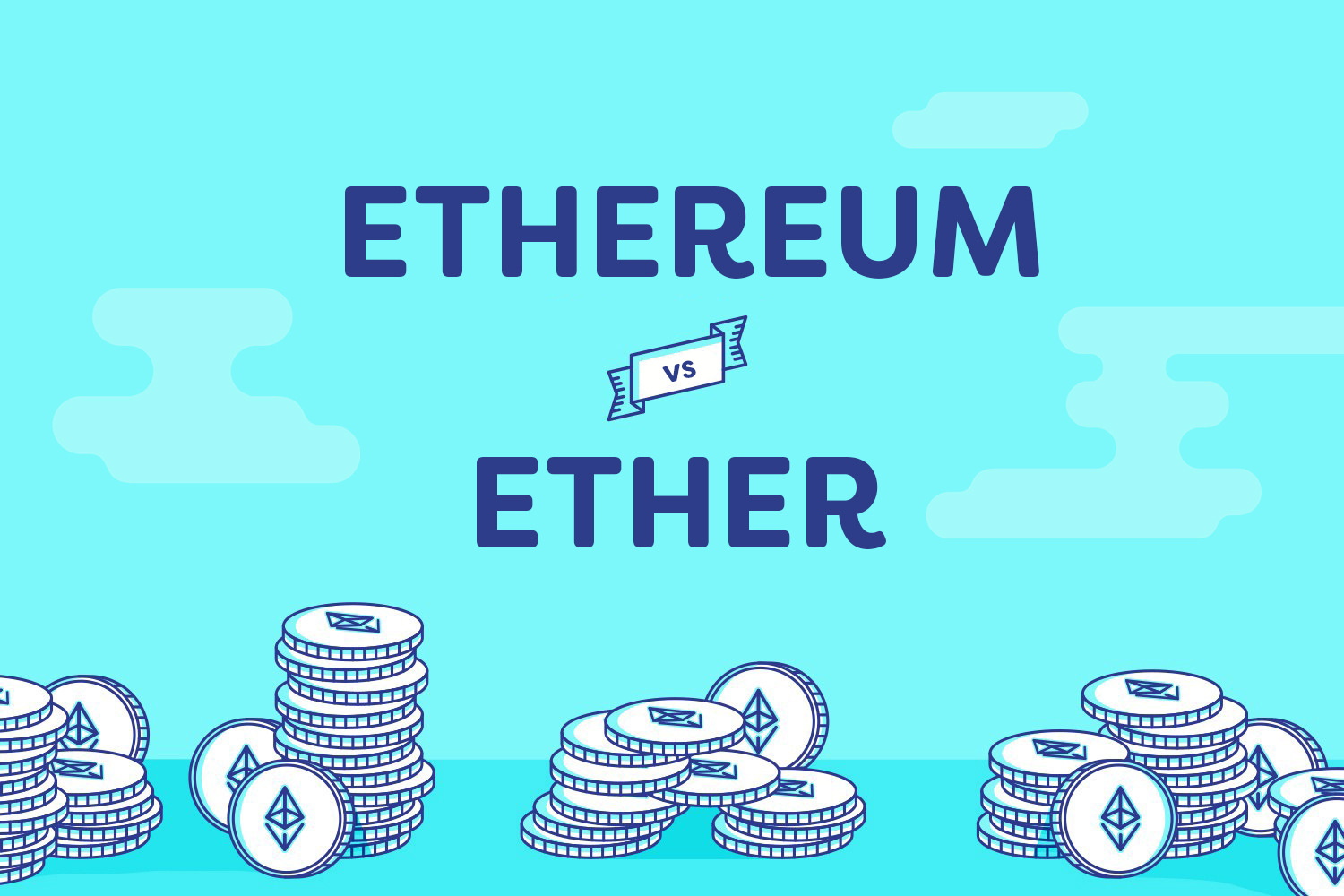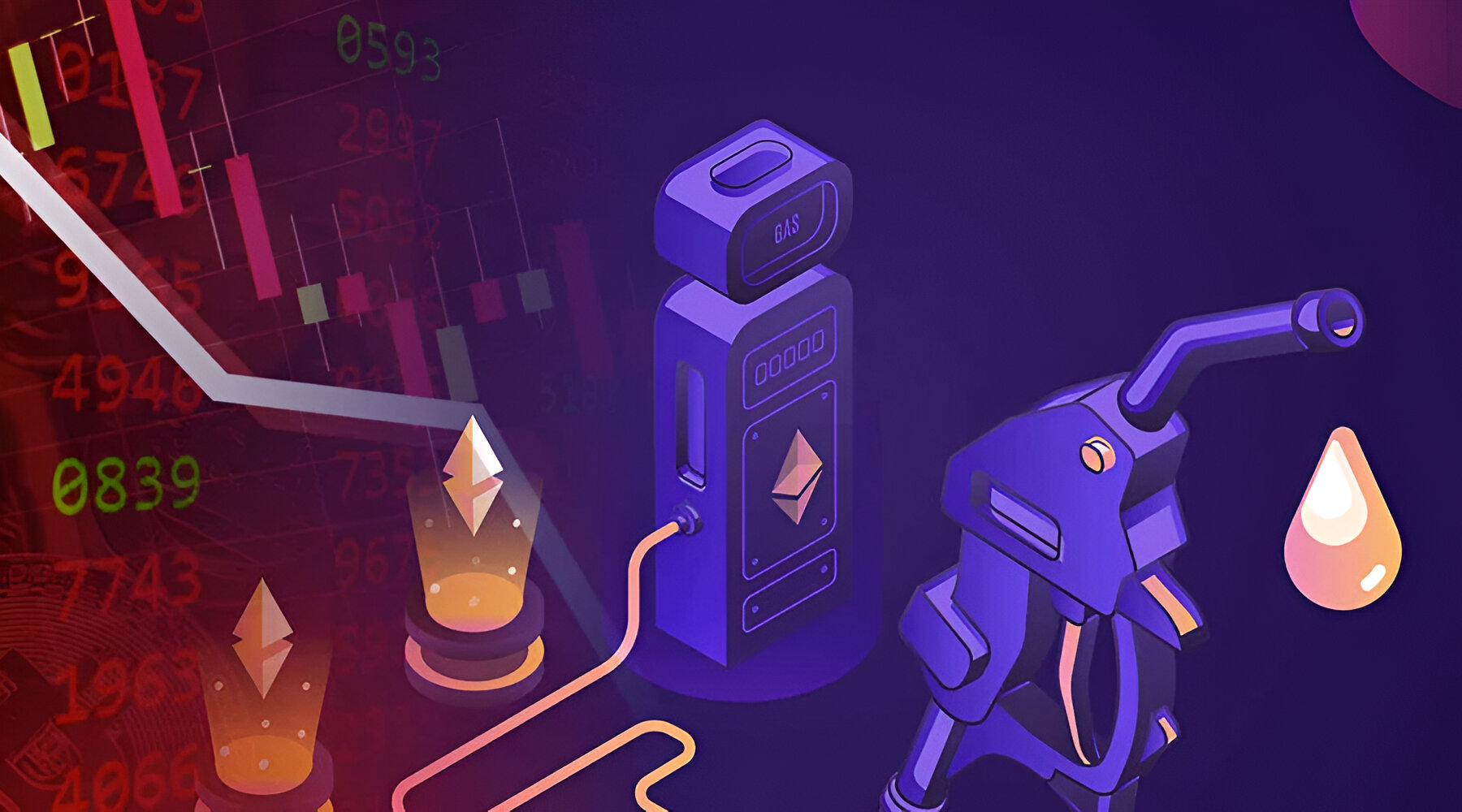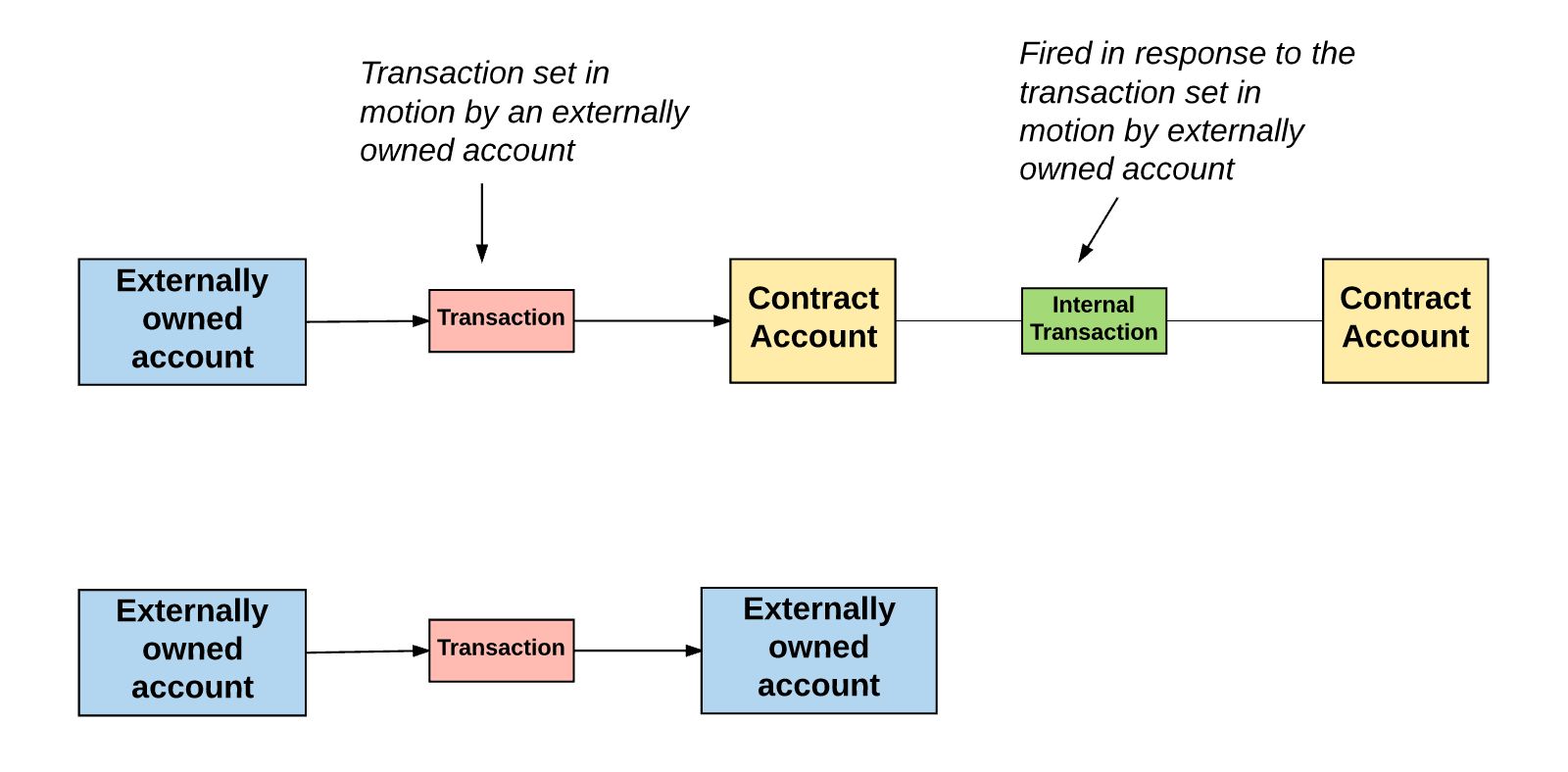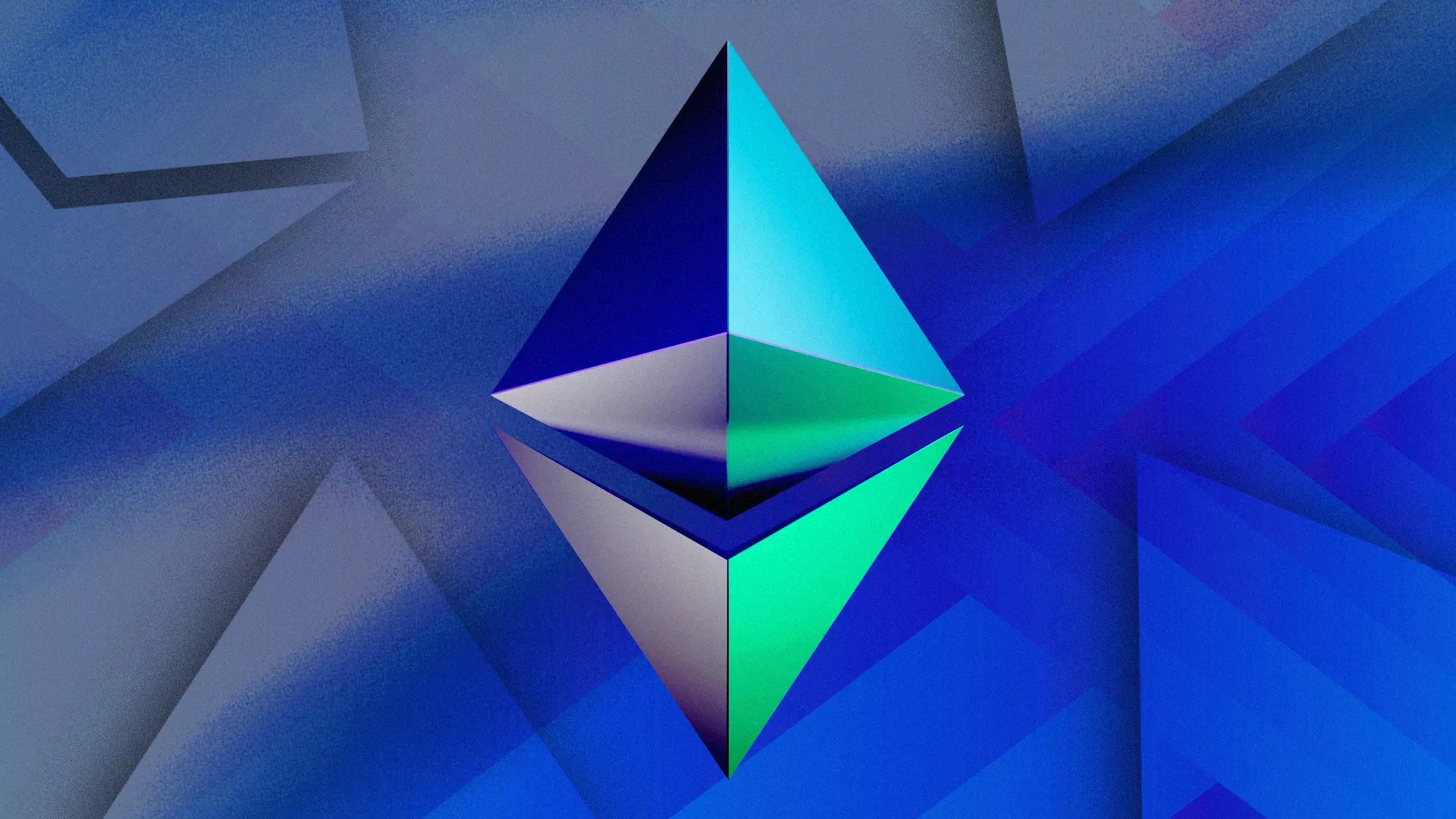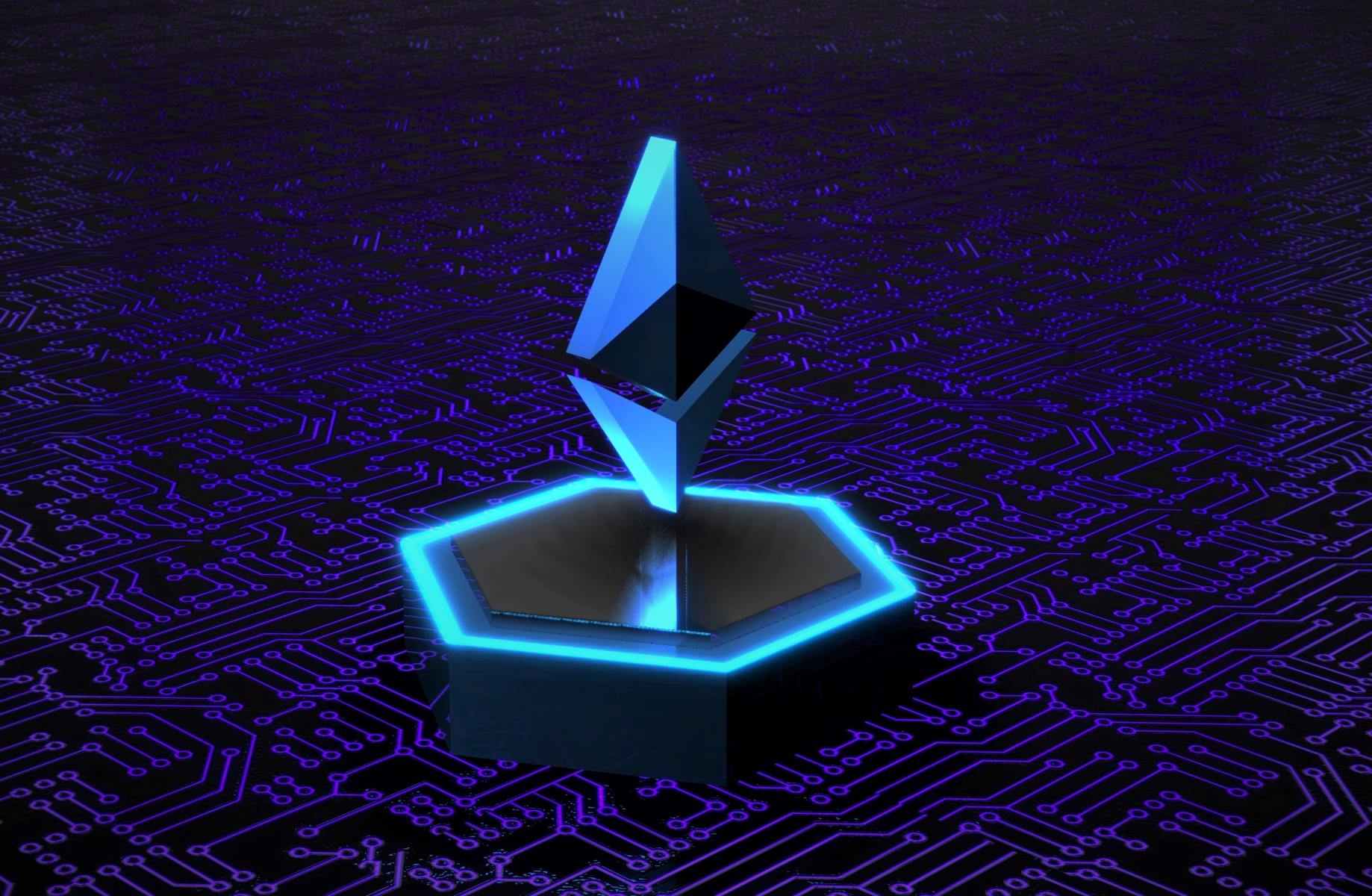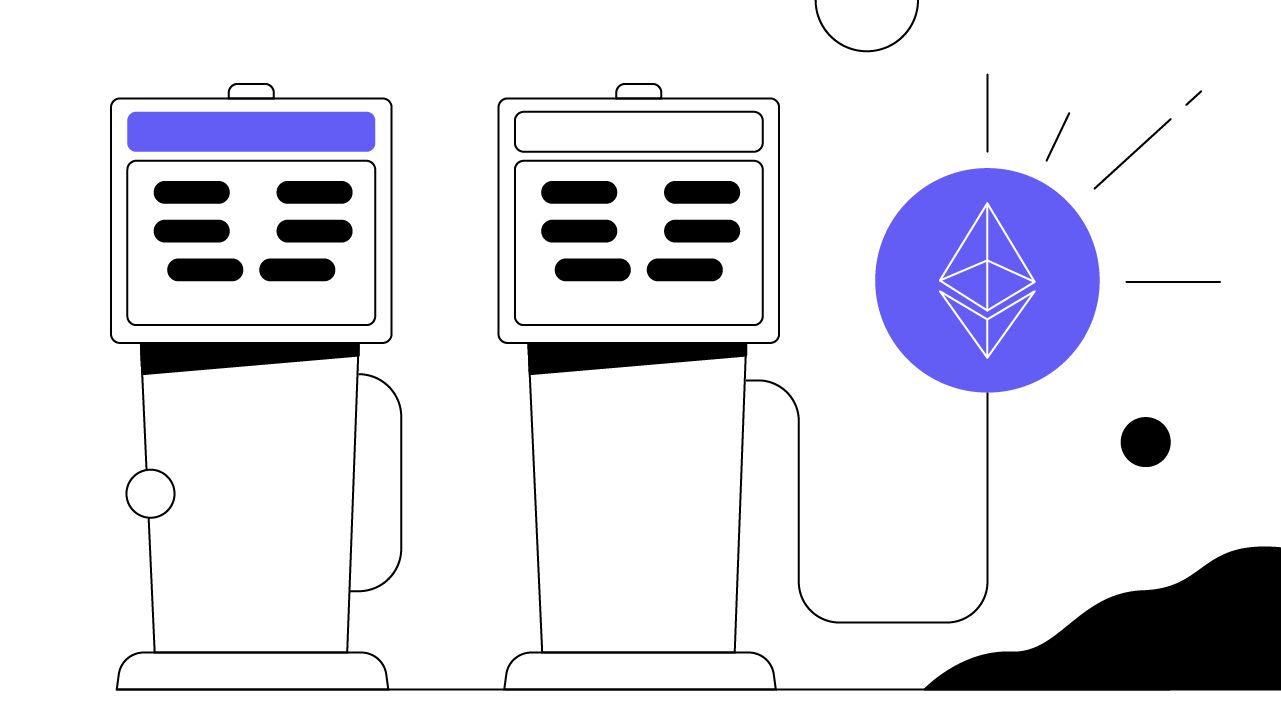Introduction
Welcome to the world of smart contracts, a revolutionary technology that has the potential to transform various industries and streamline complex transactions. As the popularity of blockchain technology continues to grow, smart contracts have emerged as a key application, enabling trustless and automated execution of agreements.
Smart contracts are self-executing agreements with the terms of the agreement directly written into code. These contracts eliminate the need for intermediaries and rely on the decentralized nature of blockchain networks to ensure transparency, security, and immutability.
While smart contracts bring immense benefits, one crucial aspect that needs consideration is the financial aspect. Who actually pays for these smart contracts?
In the traditional legal system, it is common for parties involved in a contract to bear the associated costs, such as attorney fees and administrative charges. However, in the world of smart contracts, the payment dynamics can vary depending on the blockchain network and the specific implementation.
In this article, we will explore the different approaches to determine who pays for smart contracts and examine the factors that influence the financial responsibilities.
Smart Contracts: A Brief Overview
Before delving into the payment aspect, let’s take a moment to understand what smart contracts are and how they function. A smart contract is a self-executing piece of code that automatically executes predefined conditions and terms when certain conditions are met. These contracts are built using blockchain technology, which ensures security and immutability.
Unlike traditional contracts that rely on legal enforcement and intermediaries, smart contracts operate on a decentralized network of computers, such as Ethereum, which eliminates the need for intermediaries. This decentralized nature allows for trustless execution of agreements, as the code itself defines the rules and conditions.
Smart contracts can automate a wide range of transactions and processes, from simple actions like transferring ownership of digital assets to more complex scenarios like managing supply chains or executing financial agreements. They offer benefits such as increased efficiency, reduced costs, and improved transparency.
One of the key advantages of smart contracts is their ability to ensure automated execution without the need for third-party intermediaries. This not only eliminates the risk of human error but also makes the process faster and more efficient.
Smart contracts operate based on a series of conditions and actions. These conditions, often referred to as “if-then” statements, are encoded into the contract’s code. Once the conditions are met, the corresponding actions are executed automatically. For example, if a certain date is reached, the contract might transfer funds to a specific account or trigger the release of a digital asset.
Smart contracts have gained significant attention in recent years, with their potential applications expanding across various industries. From finance and supply chain management to real estate and healthcare, smart contracts are being explored as a means to streamline processes, reduce costs, and enhance security.
Now that we have a brief understanding of smart contracts, let’s dive deeper into the financial aspect and explore the question of who bears the costs of these contracts.
Who Pays for Smart Contracts?
When it comes to determining who pays for smart contracts, there isn’t a one-size-fits-all answer. The financial responsibility can vary depending on several factors, including the blockchain network used, the specific implementation of the smart contract, and the agreements between the parties involved.
In some cases, the cost of executing a smart contract may be borne by the party initiating the contract. This could be the person or organization who wants to automate a particular process or transaction. They would assume the responsibility for the associated fees and costs, such as gas fees in the case of Ethereum-based smart contracts.
On the other hand, there are scenarios where the cost of executing a smart contract is shared among the parties involved. This shared cost approach can be seen in situations where multiple participants benefit from the execution of the contract, and therefore, they collectively contribute to the associated expenses.
Another consideration when it comes to the financial aspect of smart contracts is the value proposition they offer. If the automation and efficiency gained from deploying a smart contract outweigh the costs incurred, it is more likely that the party initiating the contract will be willing to bear the financial responsibility.
Additionally, the fees associated with smart contracts can vary depending on the complexity of the contract and the network used. For example, Ethereum-based smart contracts require gas fees to cover the computational resources needed to execute the contract. These fees can fluctuate based on the demand and congestion on the network, which means the cost of executing a smart contract can vary over time.
It is worth mentioning that some blockchain networks, like Ethereum, provide flexibility in terms of adjusting the gas fees for transactions. The party initiating the contract can choose to set higher or lower fees depending on their priority for speed or cost optimization.
Furthermore, the use of sponsored transactions is another approach to consider when it comes to covering the costs of smart contracts. Sponsored transactions involve a third-party sponsor who pays the transaction fees on behalf of the users. This can be beneficial in scenarios where users may face challenges setting up or managing their own cryptocurrency wallets to pay the fees directly.
Overall, the financial responsibility for smart contracts depends on various factors, including the blockchain network, the specific implementation, the agreements between the parties, and the perceived value gained from the automation and efficiency of the contract. It is important for all parties involved to discuss and agree upon the financial aspects of smart contracts to ensure transparency and mutual understanding.
A Decentralized Approach
One of the fundamental principles of blockchain technology is decentralization, and this principle extends to the financial aspect of smart contracts as well. Decentralization means that the responsibility for paying for smart contracts is distributed among the participants in the network, rather than being managed by a centralized authority.
In a decentralized approach, the cost of executing smart contracts can be covered through transaction fees, commonly known as gas fees. Gas fees serve multiple purposes – they compensate the network miners for their computational work, prevent spam on the network, and prioritize the execution of transactions.
Participants in the network voluntarily attach a certain amount of gas to their smart contract transactions to pay for the computational resources required for their execution. The higher the gas fee, the higher the priority of the transaction, ensuring faster processing time. Miners, who validate and process transactions, then receive the gas fees as a reward for their efforts.
This decentralized approach ensures that the financial responsibility for smart contracts is distributed across the network, making it fair and transparent. It also aligns with the ideology of blockchain technology, where trust is established through consensus mechanisms rather than relying on a central authority.
However, it is important to note that the gas fees associated with executing smart contracts can fluctuate based on network congestion and demand. During times of high network activity, gas fees may rise, making it more costly to execute smart contracts. This can present challenges and considerations when designing and implementing financially sustainable smart contract solutions.
Despite the challenges, the decentralized approach for covering the costs of smart contracts ensures a level playing field for all participants. It prevents any single entity or centralized authority from having control over the financial dynamics of the contracts, promoting transparency, fairness, and trust in the network.
It is encouraging to see the development of scaling solutions that aim to address the scalability and cost-related challenges of executing smart contracts on blockchain networks. These solutions, such as layer 2 protocols and sharding, promise to increase the throughput and reduce the gas fees associated with smart contracts, making them more accessible and financially viable for a wider range of applications.
As the blockchain ecosystem continues to evolve and mature, we can expect further advancements in optimizing the costs and financial dynamics of smart contracts. These developments will pave the way for broader adoption and utilization of this groundbreaking technology.
Gas Fees and Transaction Costs
When it comes to executing smart contracts on blockchain networks, one of the key considerations is the concept of gas fees and transaction costs. Gas fees are an essential component of blockchain networks like Ethereum and serve to incentivize miners and ensure the robustness and security of the network.
In simple terms, gas fees are the cost associated with performing computational operations on the blockchain. These operations can include executing smart contracts, transferring digital assets, or interacting with decentralized applications (dApps).
Gas fees are denominated in the native cryptocurrency of the blockchain network, such as Ether (ETH) for Ethereum. The fees are needed to compensate miners for the computational work they do to validate and process transactions. Miners prioritize transactions based on the gas fees attached, so higher fees result in faster processing times.
Gas fees are calculated based on the complexity and computational resources required to execute a smart contract. Each operation in a smart contract has an associated gas cost, and the total gas fees for a contract are the sum of these individual costs.
Transaction costs, on the other hand, refer to the total amount paid for executing a transaction, including the gas fees. Transaction costs can vary depending on factors such as the gas price set by the user, the network congestion, and the size and complexity of the transaction.
Understanding gas fees and transaction costs is crucial for both developers and users of smart contracts. Developers need to be mindful of optimizing their contracts to minimize gas usage and ensure cost efficiency. This involves carefully designing and coding smart contracts, avoiding unnecessary operations, and using efficient coding techniques.
For users, it is important to be aware of the transaction costs associated with executing smart contracts. Gas fees can fluctuate based on network congestion and demand, so users may need to adjust their gas price accordingly to secure faster processing or cost savings.
Additionally, developers and users can also explore various fee optimization techniques. Some of these techniques include batching multiple transactions into a single transaction to reduce costs and utilizing layer 2 solutions that can offload certain operations from the main blockchain, resulting in lower fees.
Gas fees and transaction costs do introduce a financial aspect to executing smart contracts. However, it is important to see this as an investment in the security, immutability, and decentralized nature of blockchain networks. The fees paid contribute to maintaining a robust and trustless ecosystem where consensus is achieved through computational work rather than relying on centralized authorities.
As blockchain technology continues to evolve and scale, efforts are being made to optimize gas fees and transaction costs. Layer 2 scaling solutions, such as state channels and sidechains, aim to alleviate the burden on the main blockchain, reducing fees and increasing transaction throughput. These advancements will further enhance the affordability and accessibility of executing smart contracts on blockchain networks.
Ethereum: The Cost Structure
When discussing the costs associated with smart contracts, it is important to delve into the specifics of Ethereum, one of the most popular blockchain platforms for executing smart contracts. Ethereum has its own unique cost structure, primarily revolving around gas fees and Ether (ETH), the native cryptocurrency of the Ethereum network.
In Ethereum, gas is the unit of measurement used to determine the computational resources required to execute a smart contract. Each operation in a smart contract consumes a specific amount of gas, which represents the computational work being done. The more complex the operation, the more gas it consumes.
The gas cost for each operation is predefined and fixed, making it predictable for developers. For example, updating a storage value consumes a certain amount of gas, while performing a mathematical operation or making a function call has its own associated gas cost.
Gas fees, as mentioned earlier, are the fees paid in Ether to compensate the miners for their computational work. The gas price, denoted in Gwei (giga-wei), represents the amount of Ether paid per unit of gas. Users can set the gas price according to their desired transaction priority and cost preference. A higher gas price offers faster processing, while a lower gas price may result in longer processing times or, in rare cases, transaction rejection during periods of high network congestion.
The total cost of executing a smart contract on Ethereum is calculated by multiplying the gas used by the gas price. For example, if a contract consumes 1,000 gas units and the gas price is set at 10 Gwei, the total cost would be 10,000 Gwei or 0.00001 ETH.
Ethereum also introduces the concept of gas limits to control the maximum amount of gas a block can include. This limit ensures that no single transaction can consume an excessive amount of computational resources, preventing potential network disruptions and denial-of-service attacks.
It is important to note that gas fees on Ethereum can be volatile due to market conditions and network demand. During periods of high network congestion or when executing complex operations, gas fees may increase, resulting in higher costs for executing smart contracts. Developers and users need to carefully consider gas optimization techniques and monitor gas prices to manage costs effectively.
Ethereum has recognized the need for scalability and cost optimization, and as a result, it is actively working on upgrades such as Ethereum 2.0 to address these challenges. Ethereum 2.0 will introduce a new consensus algorithm (proof-of-stake) and shard the network, allowing for increased scalability and reduced transaction costs.
The cost structure of Ethereum plays a vital role in determining the financial implications of executing smart contracts. Being aware of the gas fees, gas prices, and overall cost structure helps developers and users make informed decisions to optimize their expenditures and ensure the viability of their smart contract solutions on the Ethereum network.
Sponsored Transactions
As the popularity of smart contracts grows, there is a need to explore different approaches to cover the costs associated with executing these contracts. One such approach is the concept of sponsored transactions, which involves a third-party sponsor covering the transaction fees on behalf of the users.
Sponsored transactions offer several advantages, especially for users who may face challenges setting up or managing their own cryptocurrency wallets. By having a sponsor cover the transaction fees, users can seamlessly interact with the blockchain network and execute smart contracts without the need for direct involvement in the financial aspect.
This approach can be particularly valuable for users who are new to cryptocurrencies or have limited technical expertise. It reduces the perceived barriers to entry and simplifies the user experience, making smart contracts more accessible to a broader audience.
Sponsored transactions also provide benefits for sponsors themselves. Sponsors can promote their services or products by covering the transaction fees for users, thus gaining exposure and potentially attracting new customers. It can be seen as a form of advertising or marketing to showcase the sponsor’s commitment to the blockchain ecosystem.
Depending on the implementation, sponsored transactions can be carried out in different ways. One approach is for the sponsor to directly pay the transaction fees on behalf of the users, effectively subsidizing the cost of executing smart contracts. Another approach is for the sponsor to provide users with tokens or credits that can be redeemed to cover the transaction fees.
However, it is important to note that sponsored transactions do introduce a centralized element to the decentralized nature of blockchain networks. The sponsor becomes a centralized authority that controls the financial interaction on the network. This centralized aspect may raise potential concerns related to privacy, security, and trust.
It is crucial for users to carefully evaluate the trustworthiness and reliability of the sponsor before participating in sponsored transactions. Transparency and clear agreements between the sponsor and users are vital to maintain a sense of trust and ensure that the financial responsibilities are properly fulfilled.
As the blockchain ecosystem continues to evolve, we may see further experimentation and refinement of sponsored transaction models. This could include mechanisms to ensure the fair and equitable distribution of sponsorship benefits, as well as approaches that strike a balance between the decentralized nature of blockchain networks and the benefits of sponsored transactions.
Overall, sponsored transactions provide an alternative method to cover the costs of executing smart contracts. They simplify the user experience, attract new users to the blockchain ecosystem, and offer promotional opportunities for sponsors. However, caution must be exercised to ensure that the centralization introduced by sponsored transactions aligns with the principles of transparency, security, and trust in blockchain networks.
Scaling Solutions and Cost Optimization
As the demand for smart contracts continues to rise, scalability and cost optimization become critical factors in ensuring the widespread adoption and viability of this technology. Blockchain networks, including Ethereum, are actively exploring various scaling solutions and techniques to address these challenges.
One of the primary approaches to improve scalability and cost efficiency is the implementation of layer 2 solutions. Layer 2 protocols operate on top of the underlying blockchain and offload certain operations from the main chain, reducing the burden on the network and lowering transaction costs.
State channels and sidechains are examples of layer 2 scaling solutions. State channels enable participants to interact and execute multiple transactions off-chain while only occasionally settling the final outcome on the main blockchain. This significantly reduces the transaction fees associated with executing smart contracts.
Similarly, sidechains allow for the creation of separate chains that can process transactions independently and then periodically reconcile with the main blockchain. This approach ensures faster processing times and lower costs while maintaining overall network security.
Another technique to optimize costs associated with smart contracts is gas optimization. Gas optimization involves designing and writing smart contracts in an efficient manner to minimize the gas consumed during execution. Techniques such as code optimization, reducing unnecessary computations, and optimizing storage usage can significantly reduce the gas fees required for executing smart contracts.
Furthermore, ongoing research and development in the field of blockchain technology are focused on improving consensus algorithms and introducing new architectures to enable higher throughput and lower transaction costs. Ethereum 2.0, for example, aims to transition from proof of work to proof of stake, a consensus mechanism that offers higher scalability and energy efficiency.
Other blockchain networks, such as Solana and Polkadot, are leveraging innovative approaches like sharding to increase transaction throughput and reduce costs. Sharding involves partitioning the blockchain network into smaller shards, enabling parallel processing of transactions and effectively scaling the network.
It is important to mention that as these scaling solutions and optimizations are implemented, it is crucial to maintain the core principles of decentralization and security. Balancing scalability with maintaining a secure and trustless environment is a paramount consideration for blockchain networks.
Overall, the development of scaling solutions and the continuous optimization of costs associated with executing smart contracts are vital for the broader adoption and long-term sustainability of blockchain technology. These advancements will not only enhance the user experience but also open up new possibilities for innovation and utilization of smart contracts across various industries.
Conclusion
Smart contracts are revolutionizing the way agreements and transactions are executed by leveraging blockchain technology. While the financial aspect of smart contracts may vary depending on factors such as the blockchain network used and the specific implementation, it is essential to consider the costs associated with executing these contracts.
In this article, we explored the various aspects of who pays for smart contracts. We learned that in a decentralized approach, gas fees are incurred by the party initiating the contract, with costs calculated based on the computational resources consumed. In some cases, the costs may be shared among multiple parties benefiting from the contract’s execution.
We also discussed the cost structure of Ethereum, a popular blockchain platform for deploying smart contracts. Gas fees and transaction costs play a significant role in executing smart contracts on Ethereum, with gas fees being denominated in Ether and paid to miners as compensation for their computational work.
Additíonally, we examined the concept of sponsored transactions, where a third-party sponsor covers the transaction fees on behalf of users. Sponsored transactions offer benefits such as improved accessibility and simplified user experiences, but caution must be exercised to ensure transparency and trust in the sponsorship arrangements.
Furthermore, we explored scaling solutions and cost optimization techniques that are being developed to address the challenges of scalability and cost efficiency in executing smart contracts. Layer 2 protocols, gas optimization techniques, and ongoing research in consensus mechanisms and architecture all aim to improve scalability and reduce transaction costs.
In conclusion, the financial aspect of smart contracts is an important consideration in their adoption and utilization. By understanding the various approaches to covering costs, considering the cost structures of specific blockchain networks, and exploring scaling solutions, we can maximize the benefits of smart contracts while optimizing their financial viability.
As blockchain technology continues to evolve, it is crucial for developers, users, and industry participants to stay informed about the financial dynamics of smart contracts and actively participate in the ongoing advancements to ensure the long-term success and widespread adoption of this transformative technology.










